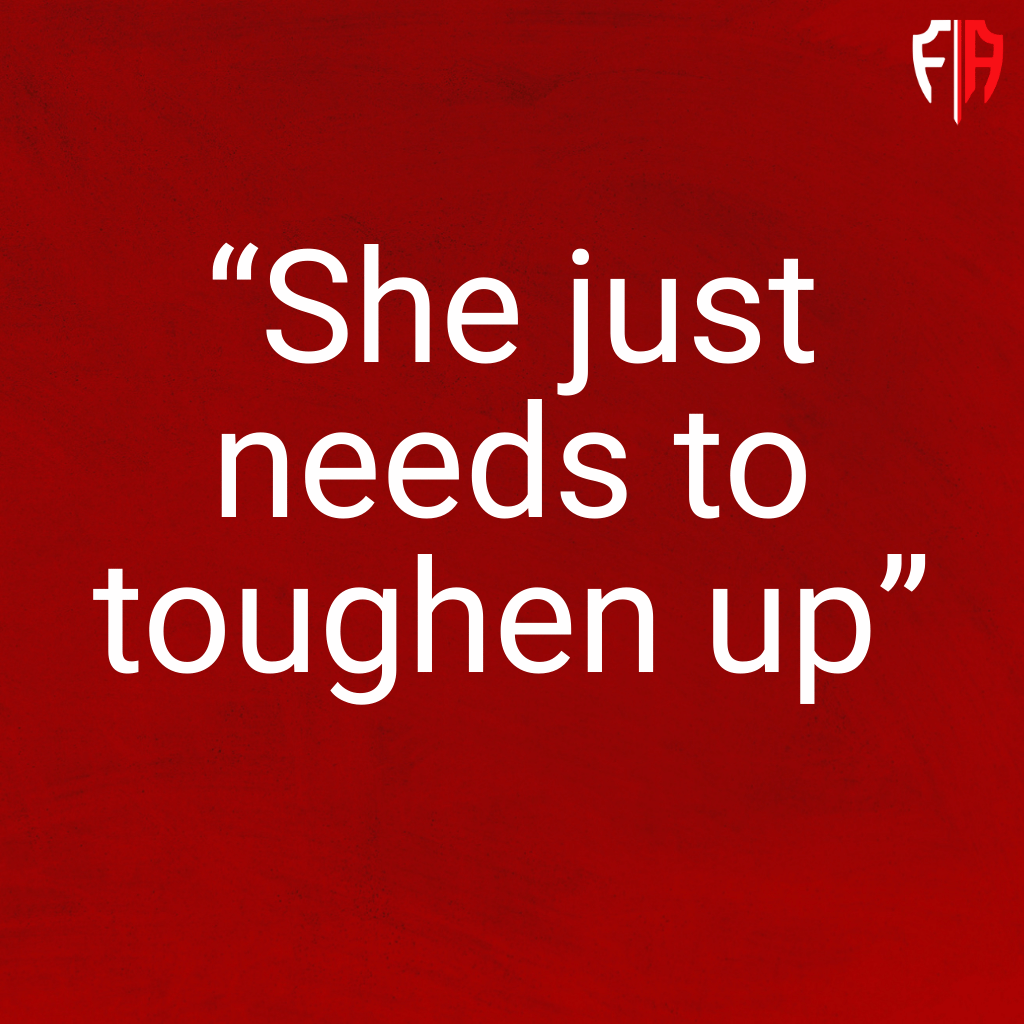“She just needs to toughen up.”
That’s still a common phrase echoed across sidelines, changing rooms, and coaching meetings. But here’s the reality: female athletes in high-impact sports like AFL, Rugby, and NRL aren’t just battling opponents — they’re battling outdated assumptions, under-researched equipment, and a higher risk of preventable injuries.
In fact, research shows that female athletes are 2 to 8 times more likely to suffer an ACL injury than males in similar sports. Add to that the almost complete lack of protective gear designed specifically for the female chest, and you begin to see the systemic gaps that leave women vulnerable — not just to immediate injury, but to long-term health impacts.
And the most frustrating part? Much of it is preventable.
The Real Risk Behind the Stats
Female athletes aren’t getting injured more because they’re less capable. It’s because they’re forced to compete in systems that weren’t built for them.
Here are three specific problems:
-
Outdated protective gear
Most available gear is either unisex or adapted from male designs. It doesn’t properly account for the structure of the female body — particularly the chest, shoulders, and hips. As a result, protective gear fits poorly, shifts during play, or is simply uncomfortable to wear. Many athletes ditch it altogether because it’s too bulky, stiff, or irrelevant. -
Inadequate research
While injury data for male athletes is widely available, research into female-specific injury patterns is lagging — especially in contact sports. Breast tissue trauma, for example, is rarely tracked even though players regularly report soreness, bruising, and long-term pain after collisions. -
Cultural barriers
There’s still a stigma around female athletes wearing protection. Some coaches worry that if a player feels too safe, she’ll play too hard and increase the risk of injury to others. It’s a backwards argument that penalizes safety instead of promoting it across the board.
What Needs to Change – Now
Let’s be clear: injury prevention isn’t about softening the sport. It’s about raising the standard of protection for everyone.
Here’s what clubs, coaches, and decision-makers can start doing today:
1. Invest in gender-specific gear
Look for protective equipment made for women, not just “smaller men’s gear.” That means gear shaped to mould around the female form, with shock-absorbing materials that don’t restrict movement or performance.
Fempro Armour, for example, uses smart polymers that remain flexible until impact, then harden to absorb and disperse the energy — like airbags for the body. They reduce the point-load of impact and return to softness immediately after, giving players full confidence to play hard without compromising safety.
2. Collect your own data
If official research isn’t there, create your own. Clubs can track impact injuries, bruising, concussions, or complaints from players to build an internal injury profile. This gives you real insights into what positions, scenarios, or equipment may need to be reviewed.
3. Educate your players (and parents)
Knowledge builds empowerment. When players understand the real risks — and how gear can help — they’re far more likely to take ownership of their safety. Parents, too, want to know their daughters are protected not just for the next game, but for the next 20 years. Help them understand how proper gear now prevents long-term damage later.
4. Push governing bodies to modernise
World Rugby, AFL, and NRL need to stop settling for the lowest standard of protection. Rules that limit protective gear because it’s “too good” only reinforce inequality and danger. Speak up, push for reform, and use your position — whether as coach, player, or club — to demand better.
It’s Time to Break the Cycle
We’re in a pivotal moment for women in sport. Representation is growing, crowds are getting louder, and athletes are pushing boundaries like never before.
But with that comes responsibility.
We can’t keep asking female athletes to perform at their best while protecting themselves with substandard gear.
Let’s reframe injury prevention — not as an afterthought, but as a competitive advantage. The stronger, more protected, and more confident our athletes are, the better the game becomes for everyone.
Want to learn more about how Fempro Armour is leading the charge in female athlete protection? Contact us or explore our latest products designed specifically for AFLW, NRLW, and Rugby Union athletes.

